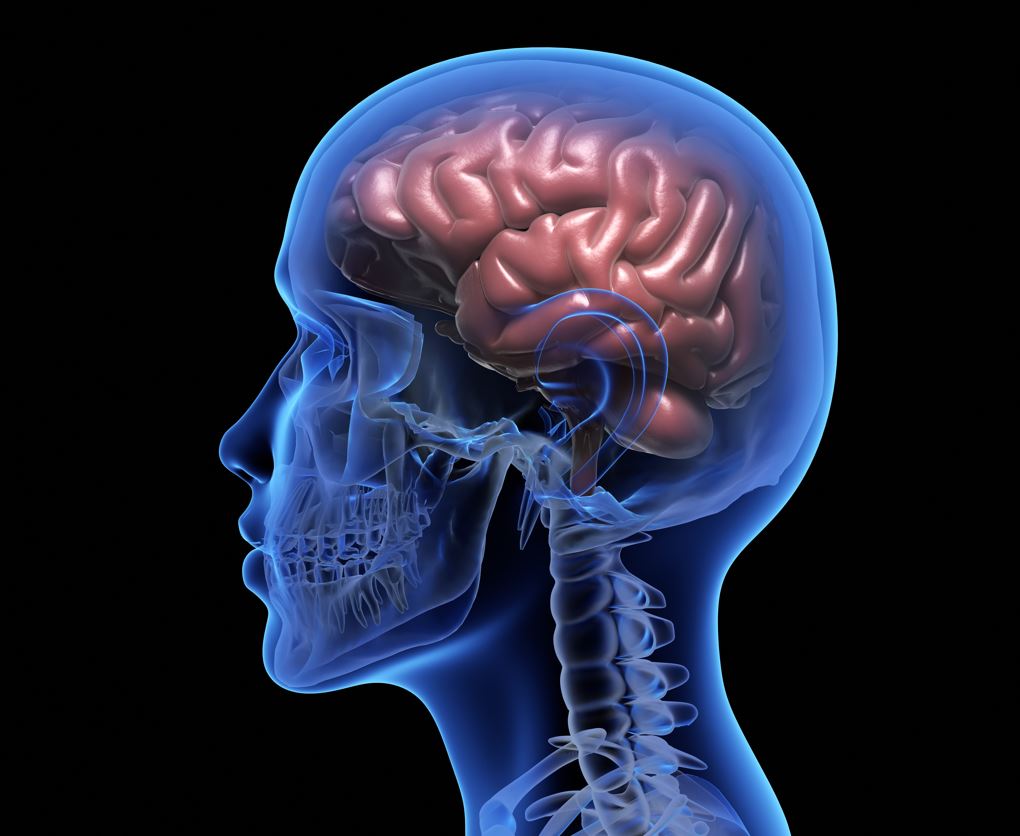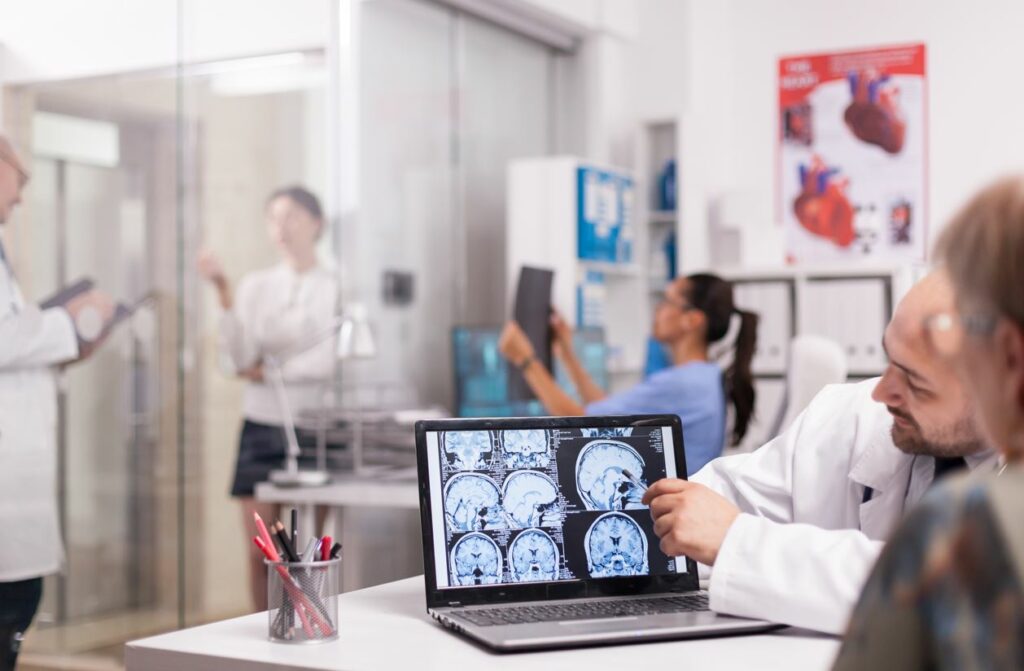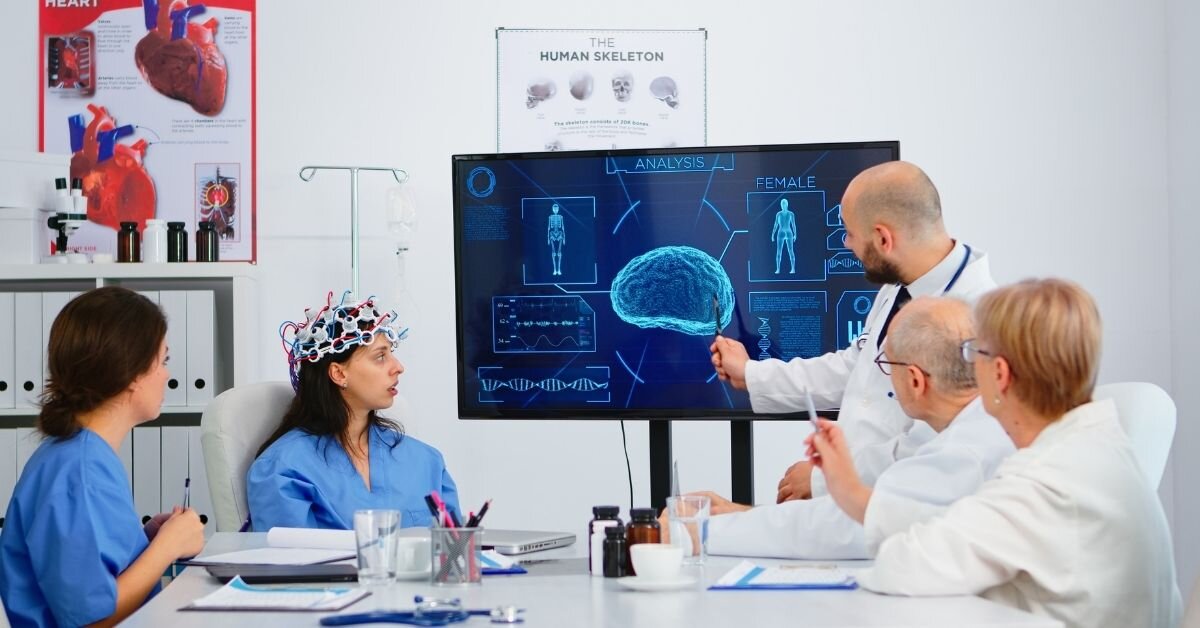Stroke is one of the leading causes of severe and long-term disability. Nevertheless, do know that if the risk factors are controlled, stroke can be prevented up to 80%.
In addition, early identification of signs and symptoms of Brain Stroke and timely hospitalization and treatment lowers the risk of disability and death. Check out our article to know the sign and Symptoms of stroke and how it affects the body.
What Is Stroke?

Stroke also referred to as a Brain Attack, is an interruption of the blood supply to the brain. If the blood supply to any part of the brain is stopped for longer than a few seconds and the brain does not get blood and oxygen, the Brain cells die. After the death of brain cells, the abilities that are controlled by the affected area of the brain are lost.
Types Of Stroke
Stroke is of two types:
Ischemic Stroke – Caused due to blood clot blocking an artery and restricting blood flow to the brain. It is the most common type of stroke.
Hemorrhagic Stroke: Caused due to the blowout or breaking of the blood vessels in the brain. As a result, the blood seeps around into the brain’s tissues leading to pressure and damage to the brain cells.
The possible causes of hemorrhagic stroke include a weak and bulging section of blood vessels due to High blood pressure and, less often due to abnormal connections between the arteries and veins.
Besides the two, there is one type of stroke known as transient ischemic attack or TIA.
Transient Ischemic Stroke: It happens due to the temporary blocking of blood flow to the brain. The symptoms of TIA is almost similar to a full stroke but disappears after a few minutes or hours.
It is caused due to blood clots and serves as a warning for future stroke and thus should not be ignored. One-third of people experiencing transient ischemic attacks suffer from a major stroke within a year if they do not get treatment.
What Are The Sign and Symptoms Of Stroke?
Symptoms of stroke include:
- Slurring speech
- Confusion
- Weakness or numbness in the face, arm, and leg, mainly on one side of the body
- Trouble walking
- Trouble understanding speech or speaking
- Confusion
- Loss of coordination or balance
- Sudden or severe Headache without any known cause
- Dizziness
If a person complains about the above symptoms, call an ambulance and immediately get the patient to the hospital.
Stroke requires immediate medical attention. Recognition of acute stroke is imperative because every second after the vessel leakage or blockage result in more brain cell death. If you suspect someone having a stroke, act FAST, which means ask them to do the following:
Face – Ask the person to smile and notice if one side of the person’s face droops.
Arm – Ask the person to raise both the arm and see if any one-armed drifts downwards.
Speech – Ask the person to speak a simple sentence and notice if the speech is slurred or has difficulty understanding.
Time – Check the time to know when the first symptom appeared and provide this information to your health care provider as this may affect the doctor’s treatment decisions.
The symptoms of a stroke are common in both men and women; however:

A few symptoms of stroke more common in females are:
- Hallucination
- Nausea vomiting
- General weakness
- Pain
- Seizures
- Sudden behavioural changes
- Lack of responsiveness, disorientation, or confusion
- Trouble breathing or shortness of breath
- Losing consciousness, or fainting
Females are more likely to die from stroke. Men are likely to suffer from stroke in their young area compared to females but are less likely to die from it. Symptoms of stroke that are more common in men include:
- Uneven smile or drooping on one side of the face
- Difficulty speaking for trouble in understanding others speech
- Muscle weakness or arm weakness on one side of the body
It is equally important in the case of both men and women to be able to spot the symptoms of stroke early and get help to prevent severe outcomes.
Prompt hospitalization and treatment in case of stroke prevent severe outcomes such as;
- Long-term disability
- Brain damage
- Death
Treatment Of Stroke
Treatment of stroke depends on whether it is an ischemic stroke or Hemorrhagic Stroke. Emergency IV medication is given in case of ischemic stroke.
The drugs given are to restore the blood flow by dissolving the blood clots causing the blockage. Quick removal of the cause of stroke helps the patient to recover completely. Sometimes emergency endovascular processes may be required to improve the outcomes and reduce long-term disability.
In case of a transient ischemic attack, your doctor may recommend carotid endarterectomy, angioplasty, and stents to decrease the risk of another stroke.
In the case of hemorrhagic stroke, emergency treatment is focused on controlling the bleeding and reducing the pressure in the brain caused due to excess fluids.
Depending upon the bleeding area, your doctor may suggest surgery, surgical clipping, AVM removal, endovascular embolization, or stereotactic radiosurgery.
Can Stroke Be Prevented?
80% of stroke is preventable by controlling the risk factors.
Controllable risk factors:
1. High blood pressure – If the blood pressure reading is 140/90 or above, it increases the risk of stroke 4-6 times.
2. Diabetes – Uncontrollable hyperglycemia increases the chances of the stroke to 2-4 times.
3. High cholesterol – High blood cholesterol can clog arteries and lead to heart attack or stroke.
4. Smoking and tobacco – Smoking and tobacco use doubles the risk of stroke.
5. Obesity and physical inactivity – Excess weight puts pressure on the entire circulatory system. In addition, obese people are more likely to have high cholesterol, diabetes, and high blood pressure. All of these increase the risk of stroke.
6. Alcohol use – Drinking more than 2 glasses a day increases the chances of stroke by 50%.
The above risk factors are controllable by following a healthy lifestyle. Eat well-balanced food, quit smoking, limit alcohol intake, and exercise at least 45 minutes 5 times a week.
Brain Stroke awareness is essential for the patient and the family. The essential step to effective treatment is early identification of the symptom.
If the treatment is given within the first few hours of stroke onset, the treatment is more effective. Even if no acute revascularization process is required, the medical care at the stroke centre improves the outcome.







